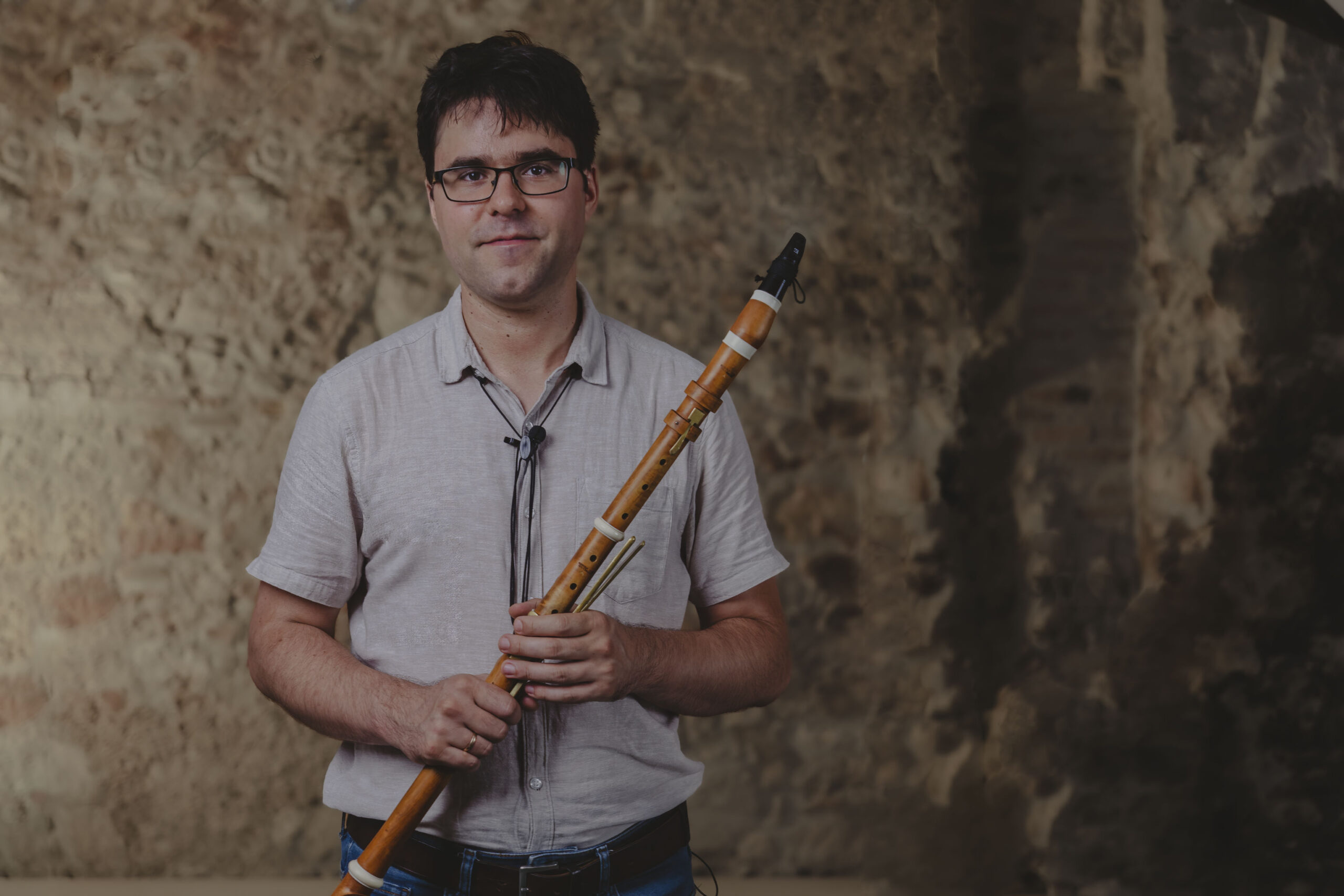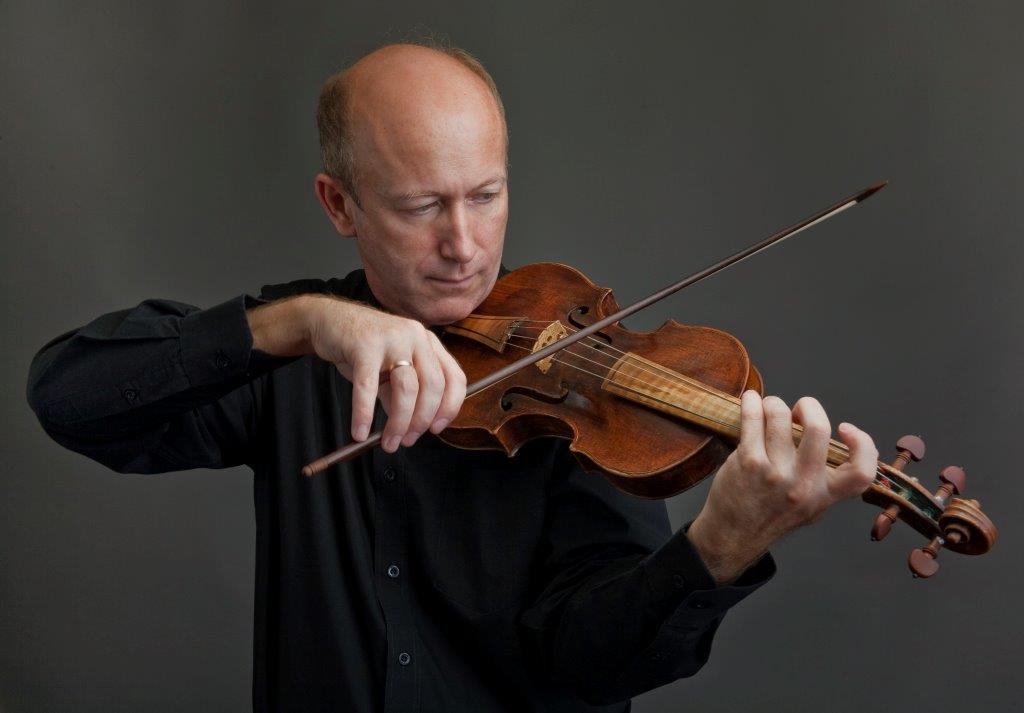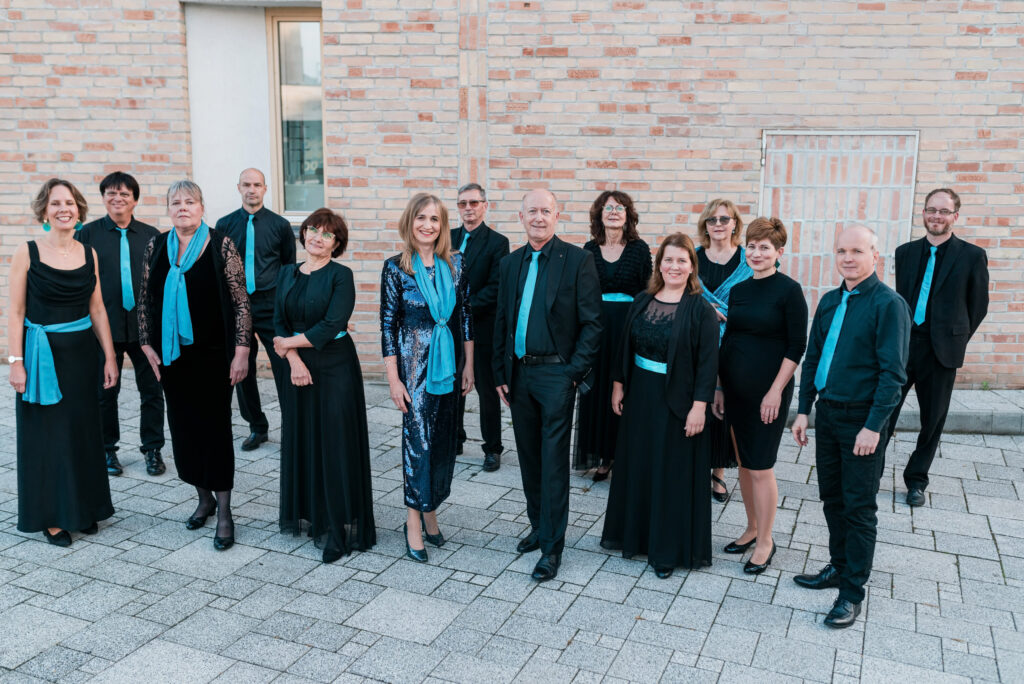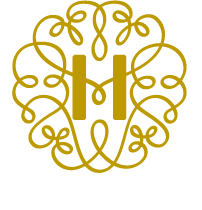When Haydn began working in Kismarton in the spring of 1761, he was entrusted with an ensemble with barely more than a dozen musicians. However, their small number did not mean that the composer was not required to build a good relationship with them as his livelihood ultimately depended on them. Haydn found a solution that was able to simultaneously prove his own skill as a composer, the preparedness of his performers, and the sharp eye of his employer (the latter naturally being shown through his decision to employ Haydn).
This is because Prince Pál Antal Esterházy almost immediately began ordering symphonies from him, in particular ones that represented the sequence of the times of day and thus the harmonic order of the world, a popular concept at the time (although it cannot be proven that the idea conceivably came from the Prince). Haydn composed highly concert-like pieces for this setup that sounds more like a chamber ensemble to the modern ear, with long solo passages that emphasised the individual skill of the artists, and increased their pay.
This dialogue-based approach of the composers was generally well-liked at the time, as evidenced by the popularity of concertos. Mozart’s Flute Concerto in D major, which he wrote as a teenager, and Clarinet Concerto in A major, composed for Anton Stadler in the eighties, represent one of the most breathtaking pair of concertos in music history and clearly show this light-hearted and enjoyable genre was becoming more and more significant and complex.







